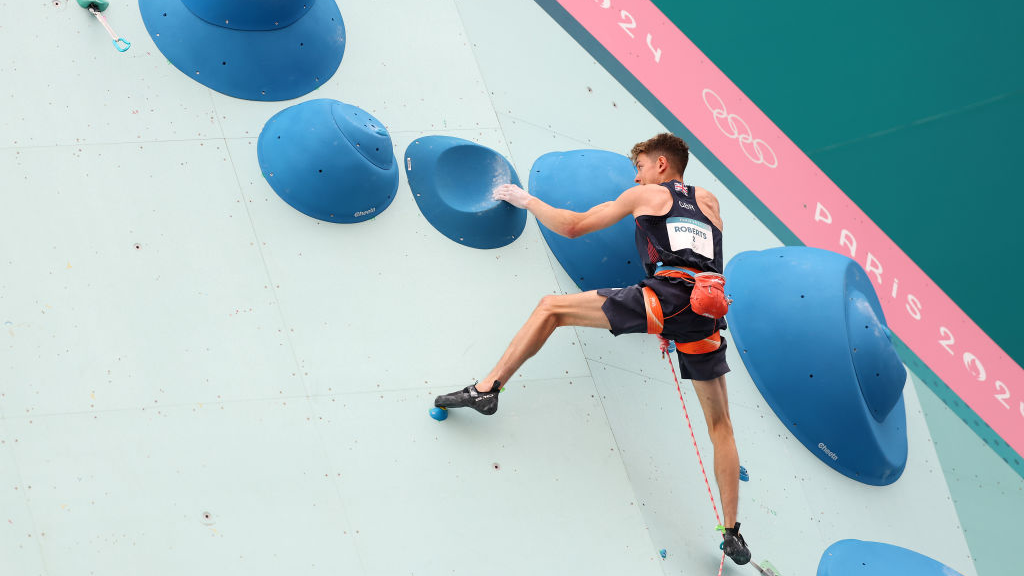How to use a Shewee on your backcountry adventures
We explain how to use a Shewee so you can finally pee standing up on your adventures and avoid all the mess and fuss of squatting in a thorny bush
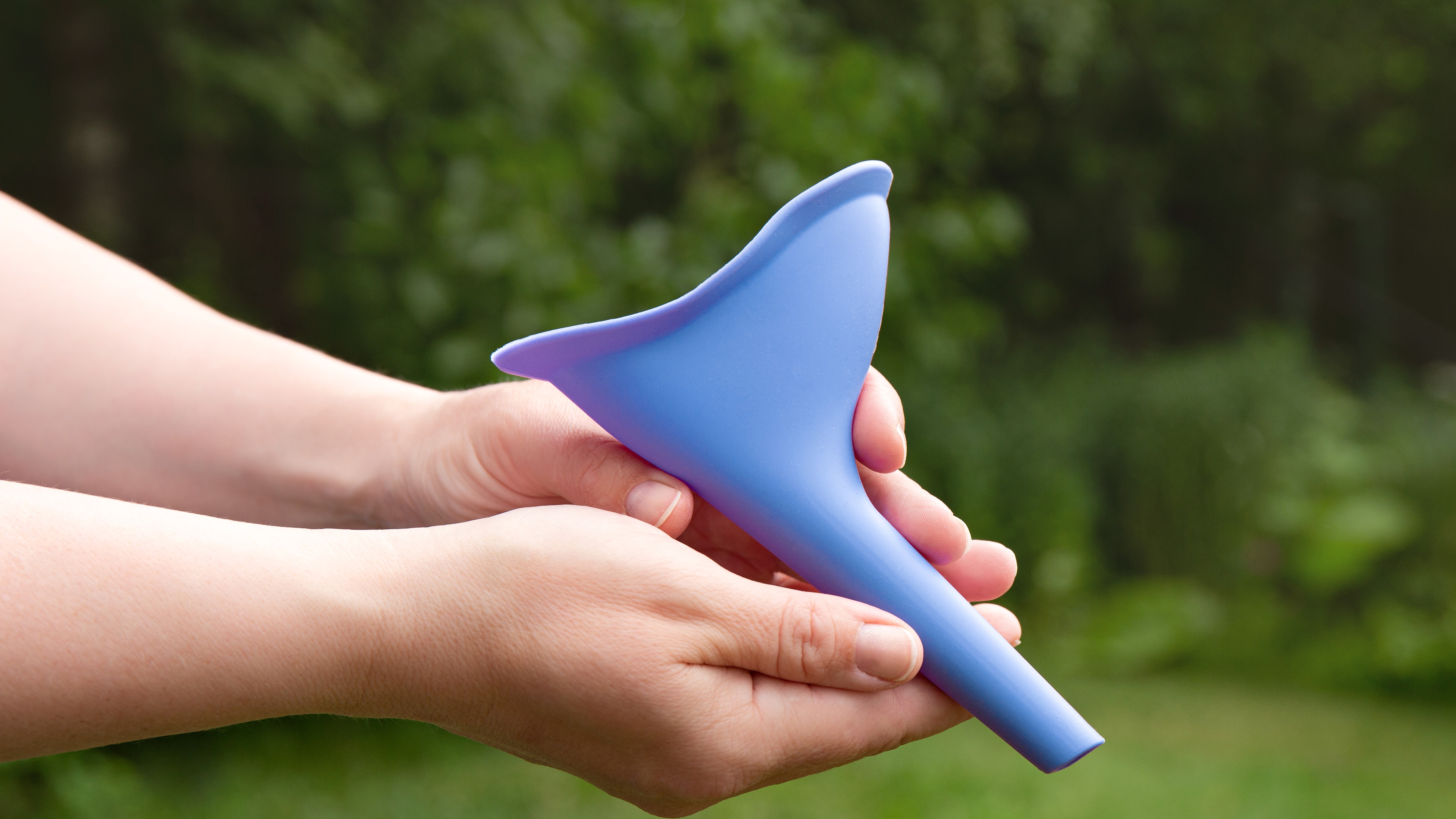
If you’re a woman and an intrepid adventurer, you’ve probably reached ninja-level in the skills of identifying a spot on the trail where you can see that no one is coming for half a mile in either direction, finding a good bush (preferably in a dip or hollow) and leaping behind it for a pee. You’ve probably become so good at it you can even manage it without peeing on your best hiking boots or ending up with poison ivy on your behind. But no matter how skillful and nonchalant you’ve got with this routine, wouldn’t it still be nicer if you could just pee standing up? Just think – no more half-undressing in a windchill of -7°C, or standing up only to discover that you’ve peed on your trouser leg. Now that’s five-star hiking!
Well as a matter of fact, you can – with a Shewee! Shewees, or “female urinating devices,” first appeared back in the late 1990s, finally offering women the opportunity to do what the other 49% always could: pee almost anywhere without mooning everyone. These lightweight plastic funnels are molded to fit against your pelvic area, giving you a spout through which to pee without squatting. They’re great for anyone who isn’t already equipped to pee standing up and doesn’t want to, or can’t, squat.
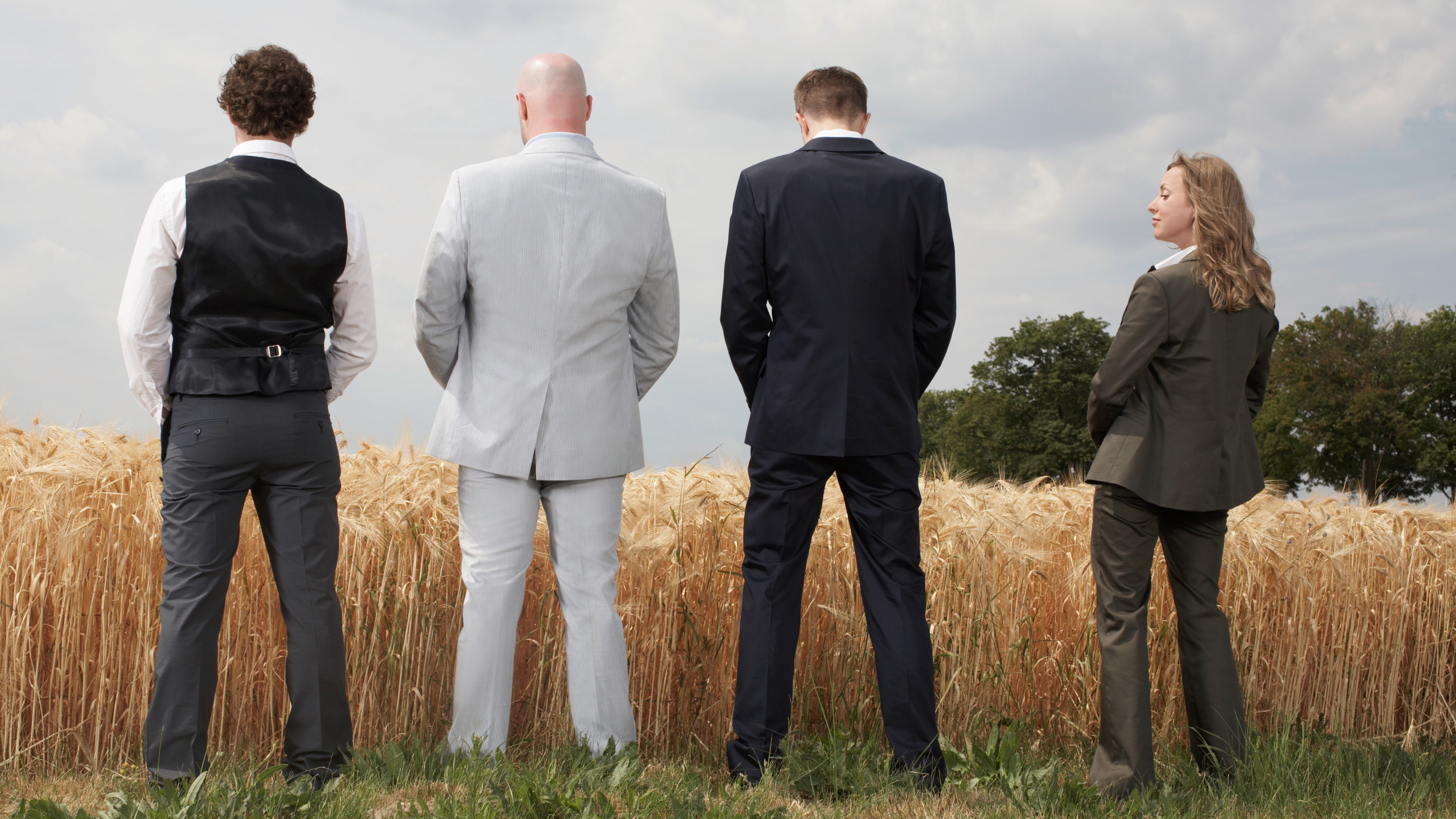
Despite being an avid hiker, and therefore frequent squatter, for many years, I didn’t hear about Shewees until 2016 when I was holding my first yoga retreat in Yosemite National Park. I was chatting with my friend Heather, a badass rock climber and longtime resident of the area about climbing El Capitan, something she has done dozens of times. Naturally, the conversation soon turned to how rock climbers go to the bathroom when they’re sleeping on the side of a cliff. It’s a little awkward, she explained, when you’re in such close proximity to someone (who might be a new boyfriend), but she uses a Shewee.
I was peripherally intrigued by the idea of a contraption that would allow me to pee standing up, but not actually considering purchasing one at the time. In general, I don’t find peeing behind a bush on a hike particularly uncomfortable or embarrassing, and if I’m being honest I’m not really that bothered if someone sees me, though I do try to be discreet.
Fast forward a couple of years and I’m recovering from knee surgery after I tore my ACL skiing. Once I’m well enough to finally start hiking and camping again, I discover an inconvenient truth: I’m not recovered enough to squat properly yet.
Never one to let a few screws drilled into my bones get between me and a good hike, however, I recall my conversation with Heather, hop online and within minutes, I’ve ordered myself my first Shewee for the princely sum of $10. It arrives a couple of days later and I find myself the proud owner of a lightweight, blue funnel made of plastic with attachable hose that allows me to fulfill my longtime dreams of peeing standing up.
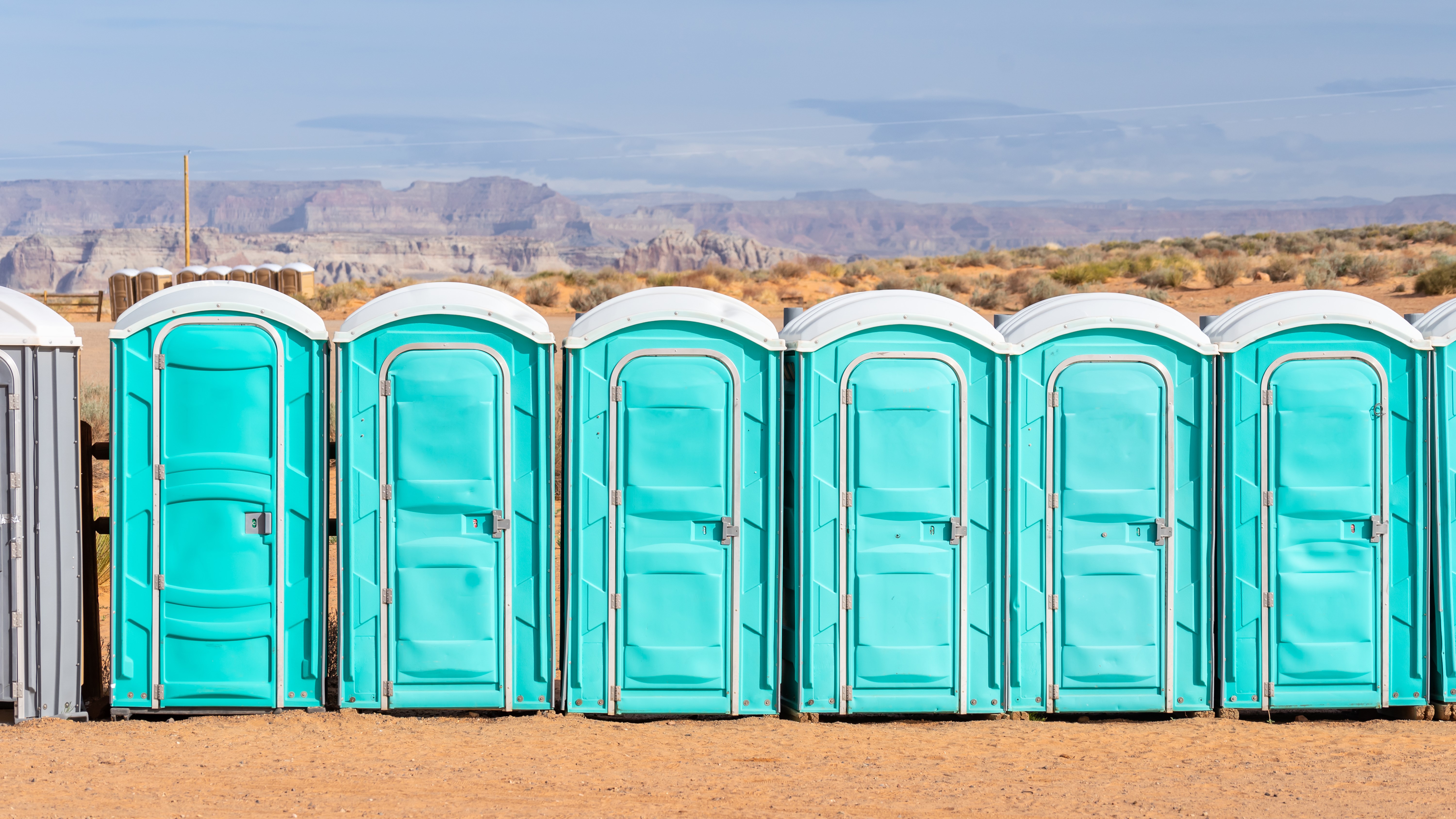
My Shewee got me through that summer and the following autumn while I was unable to squat, and these days that’s no longer an issue so I honestly don’t bring it on every hike, but I do like it for backpacking trips such as when I hiked the West Highland Way last summer.
Advnture Newsletter
All the latest inspiration, tips and guides to help you plan your next Advnture!
They’re popular among climbers on multi-pitch adventures and are great for any adventurer keen to avoid the hassle, or embarrassment, of stripping off, squatting on a bunch of nettles, and peeing all over their best hiking clothes. According to an article in The Guardian, they really soared in popularity during lockdown, when public toilets were closed, and have even become commonplace among festival goers keen to avoid the horrors of portable toilets. They’re portable, affordable and reusable, so I can’t really see any good reason not to own one if you love the outdoors. If you’re planning on joining the standing up revolution, read on for the details of how to use a Shewee.
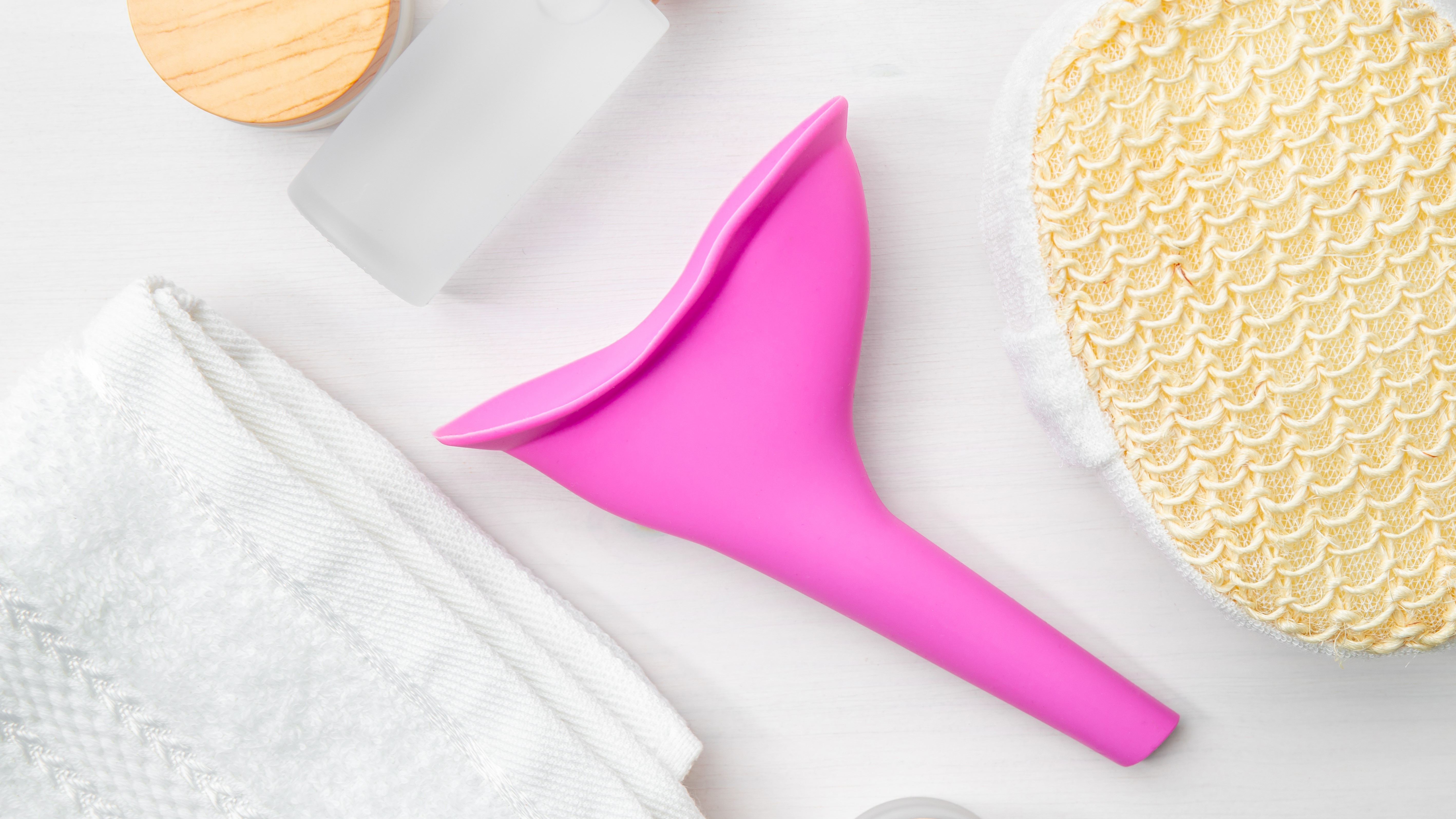
How to use a Shewee
Once you’ve received your Shewee, you’re just about ready to start peeing standing up, but follow the tips below for a mess-free first experience.
1. Test it out at home
Before you go charging off into the backcountry, it’s a good idea to test out your Shewee at home to make sure you know how to use it properly, or you’ll just end up with pee all over the front of your pants instead of on your ankle and shoes. I tested mine out in the shower, while wearing my hiking clothes, so I could just rinse out the shower easily afterwards, while some people try to aim into the toilet which is understandably more fun but might mean more bathroom cleaning if things go wrong.
Once you’ve got your technique right, pack your Shewee inside a resealable plastic bag and carry it in your hiking backpack wherever you go.
2. Wear the right hiking pants and undies
Assuming that you are planning to use your Shewee on a hike or when you’re camping, I’ve found it’s helpful to wear the right clothing. You can probably just about make it work with any clothing, but it’s much easier when you’re wearing hiking pants that aren’t really tight and have a zipped fly, whereas hiking leggings mean you have to pull your pants down a bit anyway and then you’re back to square one. I also find skimpier underwear works better than granny panties, but that’s a personal choice.
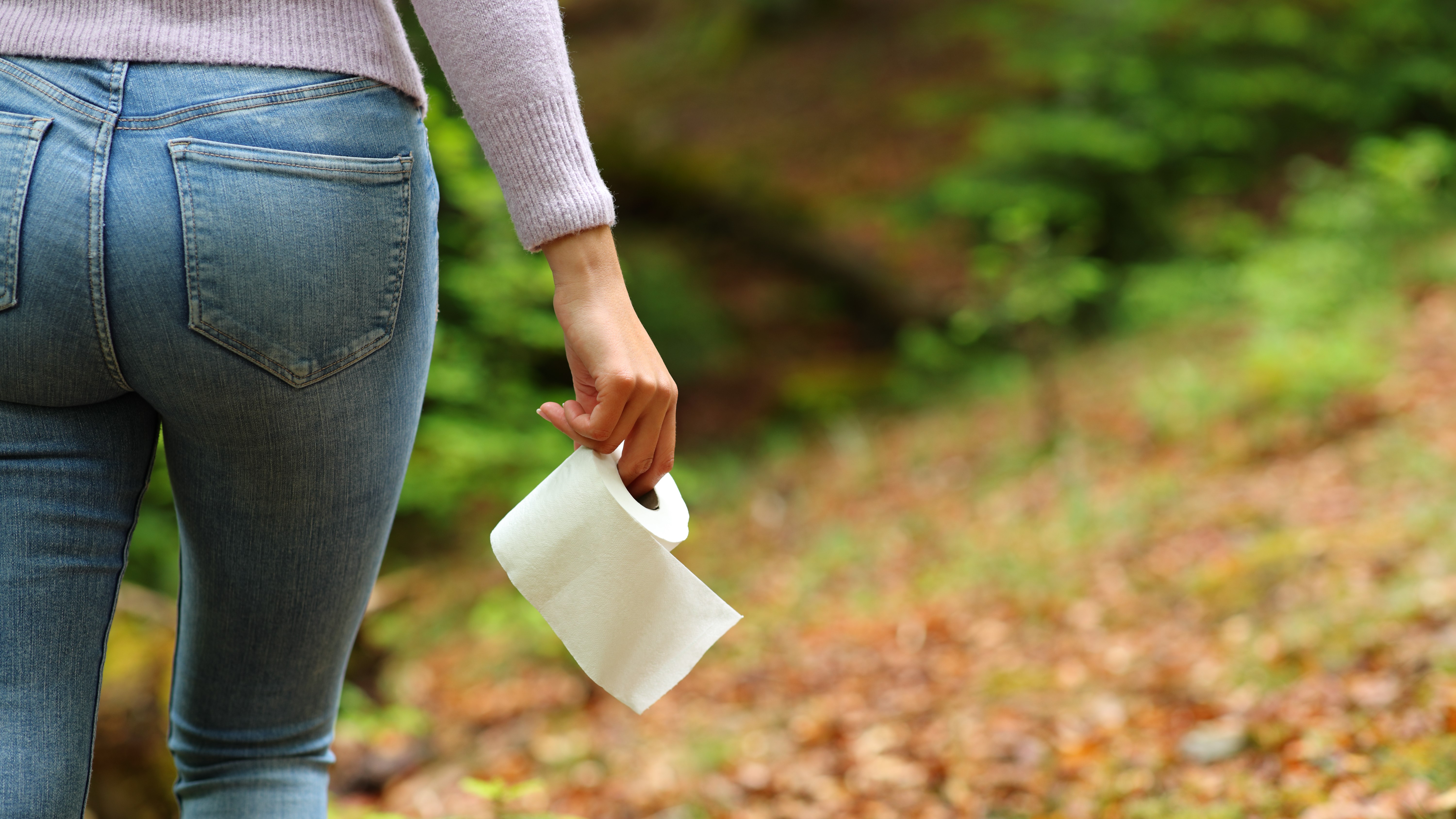
3. Make sure your back is to the wind
This is something that those who are already equipped to pee standing up inherently know, and the rest of us have now to learn. If it’s windy, turn to pee so that you’re standing with the wind to your back, otherwise you’ll end up looking like you’ve been attacked by someone with a super soaker, but smellier.
And a quick note while we’re on the topic of finding a spot to pee – while you might not need to clamber deeply into a bush like you once did, it’s still considerate to step off the trail, where other people are walking, and move a little into the undergrowth. Maybe don’t wave at passing hikers.
4. Unzip and let it fly
If you’re using a Shewee (and not a similar product made by another company) you’ll have to fit the hose into the funnel when you have to go. All you need to do to use your Shewee is unzip your pants, move your underwear to the side and nestle the Shewee against your pelvis – the top part sits against your public bone while the extended part slides underneath to catch any drips. Make sure you’re holding it securely before you start to go, and also pay attention to where the spout is pointing so you’re not accidentally peeing on a wasp’s nest.
5. Clean it
When you’ve completely finished, use your water bottle to give your Shewee a quick rinse and put it back in the plastic bag to continue your hike. When you get home (or to camp) you can wash it more thoroughly with hot water and some dish soap (use a biodegradable soap like Dr Bronners if you’re outdoors).
- Best hiking shoes: lightweight footwear tested and rated
Julia Clarke is a staff writer for Advnture.com and the author of the book Restorative Yoga for Beginners. She loves to explore mountains on foot, bike, skis and belay and then recover on the the yoga mat. Julia graduated with a degree in journalism in 2004 and spent eight years working as a radio presenter in Kansas City, Vermont, Boston and New York City before discovering the joys of the Rocky Mountains. She then detoured west to Colorado and enjoyed 11 years teaching yoga in Vail before returning to her hometown of Glasgow, Scotland in 2020 to focus on family and writing.

